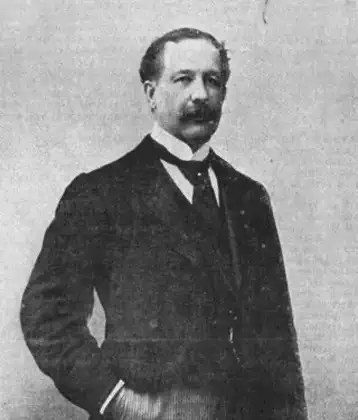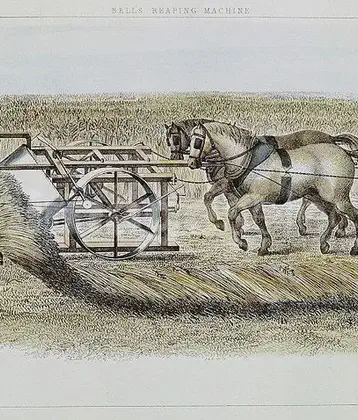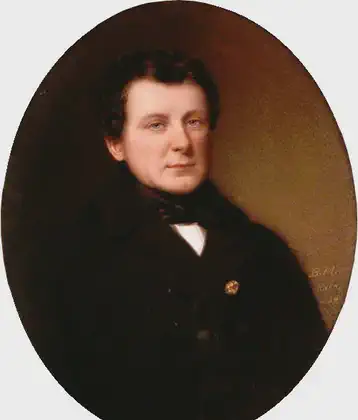
Lionel of Antwerp, Duke of Clarence, (Norman: Leonell Duc de Clarence; 29 November 1338 – 17 October 1368), was an English prince, Earl of Ulster jure uxoris from 1347, Duke of Clarence from 1362, Guardian of England in 1345-1346, Lord Lieutenant of Ireland in 1361-1366, Knight of the Garter from 1361, second surviving son of King Edward III of England and Philippa of Hainault. He was named after his birthplace, at Antwerp in the Duchy of Brabant.
In 1355-1360, Lionel took part in the Hundred Years’ War with France and the Second War of Scottish Independence. After the Treaty of Brétigny, much of the Prince’s later career was linked to Ireland. Through his first marriage to Elizabeth de Burgh, he inherited large holdings in Northern, Western and South-Western Ireland, as well as the title of Earl of Ulster.
In 1361, Edward III appointed his son the royal lieutenant (viceroy) of Ireland, and in 1362 he created the title of Duke of Clarence for him, making Lionel the first among the Irish peers.
The prince remained viceroy until 1366 (with two short breaks in 1364 and 1365, when he went to England).
In 1365, Lionel again traveled briefly to England, leaving Thomas de la Dale in charge of Ireland. On his return, he convened a parliament in Kilkenny in February 1366. It adopted the Statutes of Kilkenny, which became Lionel’s most important legacy for the Irish government.
It was aimed at preventing the process of cultural and political “degeneration” among Irish-born Englishmen. In particular, the king’s subjects were prohibited from using the Irish language, marrying Irish women, and observing Irish laws. In addition, the distinction between “English by birth” and “English by blood” was eliminated as far as possible. Although there was little new among the rules introduced, their codification in 1366 led to the fact that the provisions of the statutes were in force in Ireland until the beginning of the 17th century
During this time, Lionel led several military campaigns on the island and adopted the Statutes of Kilkenny in February 1366, which became his most important legacy for the Irish government.
Lionel’s first wife died in 1363. In 1367, Edward III arranged a new marriage for his son with the niece of the ruler of Milan, Bernabò Visconti. A lavish marriage ceremony took place in May or June 1368, but Lionel died soon after, possibly poisoned by his father-in-law. He left an only daughter from his first marriage. Descent through her from Lionel in the 15th century, the House of York justified their preemptive right to the English royal throne.
More From This Day


Michael, 'The O'Rahilly', Irish Volunteers leader, is born in Ballylongford, Co. Kerry
April 22, 1875


The 703-ton Sirius, the 1st ship to cross the Atlantic entirely under steam arrives in NY
April 22, 1838

Daniel O'Connell introduces debate on Repeal of Union bill in the House of Commons
April 22, 1834
